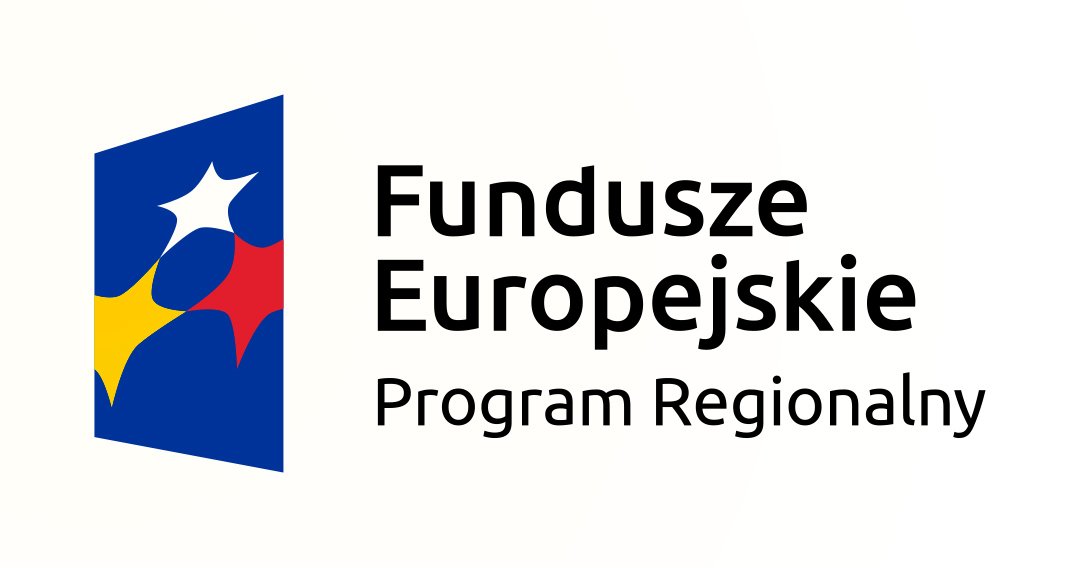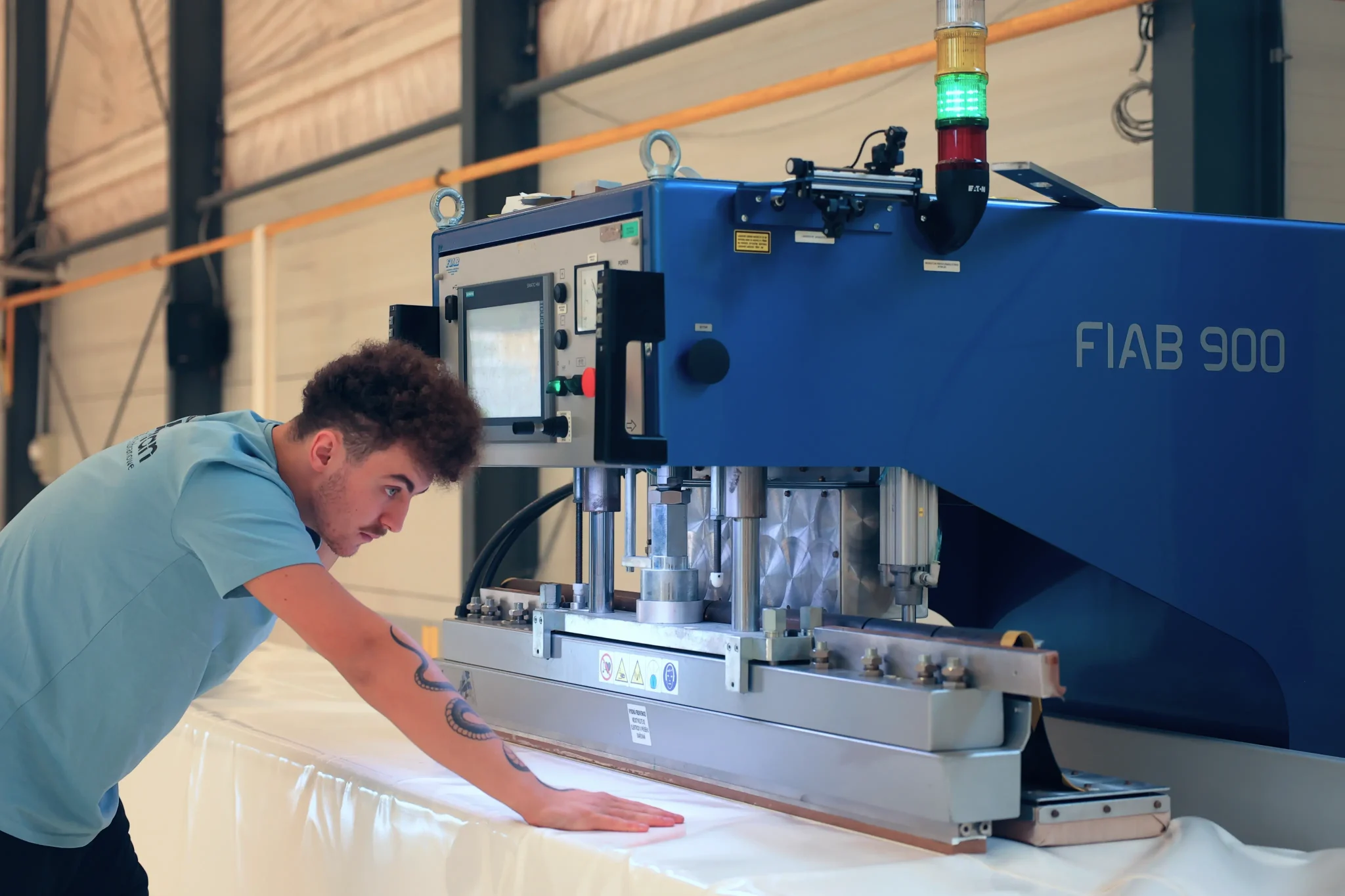
ETFE vs PVC – Comparison of Membrane Materials
Contemporary architecture is undergoing a fascinating transformation, where traditional building materials are giving way to innovative membrane solutions. Ethylene tetrafluoroethylene (ETFE) and polyvinyl chloride (PVC) are emerging as the two dominant materials in this category, changing the face of modern construction. The choice between these materials is not merely a matter of aesthetics – it has a fundamental impact on the technical parameters of the structure, its energy efficiency, and the long-term profitability of the investment.
If you are considering the right membrane material for your project, you should thoroughly understand the properties of both solutions. In this article, we present a comprehensive comparative analysis to help you make the optimal decision. We will examine the mechanical properties, durability, applications, energy efficiency, and environmental aspects of both solutions.
What are ETFE and PVC? – Characteristics of Basic Membrane Materials
Ethylene tetrafluoroethylene (ETFE) is an advanced fluoropolymer that has revolutionized the approach to designing lightweight architectural structures. This remarkable material, introduced for construction applications in the 1980s, quickly gained recognition for its unique combination of lightness, strength, and light transmission. Imagine that ETFE film is about 100 times lighter than an equivalent area of glass! This feature allows for the design of vast, spacious structures with minimal load on the supporting frame.
Polyvinyl chloride (PVC) has a much longer history in construction. This versatile thermoplastic material has found wide application in membrane structures due to its cost-effectiveness and good mechanical properties. A typical PVC membrane consists of a polyester fabric coated on both sides with a layer of PVC, providing adequate strength and durability. If you are looking for a solution for temporary or semi-permanent structures, PVC will likely be your first choice, mainly due to its favorable quality-to-price ratio.
At Abastran, we specialize in both ETFE structures and PVC membranes, offering comprehensive technical advice in choosing the optimal solution for your project. Our team of experienced engineers will help you select the material perfectly suited to the specifics of your venture.
Mechanical Properties – Key Differences Between ETFE and PVC
ETFE stands out with its excellent tensile strength relative to its mass. This material can withstand loads many times its own weight, making it ideal for structures with large spans. The flexibility of ETFE allows for significant deformation without the risk of permanent damage – the material can return to its original shape even after being stretched by 150-200%. This makes your structure highly resistant to dynamic loads, such as wind or snow, which can cause temporary deformations.
An extremely interesting property of ETFE is its ability to self-repair minor perforations. Under stress, the material tends to redistribute stress around the damage, preventing crack propagation. In practice, this means that small punctures do not lead to catastrophic failure of the structure, which is a significant advantage in terms of operational safety. ETFE also exhibits excellent impact resistance – tests show that films 200 microns thick can withstand the impact of a blunt object with energy comparable to a tennis ball traveling at 80 km/h.
PVC membranes present slightly different mechanical properties. Their tensile strength is largely determined by the reinforcing polyester fabric that forms the core of the membrane. Typical PVC membranes offer good resistance to tearing and puncture, although they do not match ETFE in this regard. A significant advantage of PVC membranes is their dimensional stability under long-term load. Unlike some elastomeric materials, PVC does not exhibit significant creep (gradual deformation under constant load), ensuring the intended geometry of the structure is maintained throughout its service life. This feature is particularly important for tensioned structures, where maintaining the correct membrane tension is crucial for the stability of the entire structure.
Durability and Lifespan – Comparing Long-Term Material Effectiveness
ETFE is characterized by exceptional resistance to degradation caused by atmospheric factors. This material retains its mechanical and optical properties even after prolonged exposure to UV radiation, which is the main degradation factor for most plastics. Laboratory tests and experience from existing installations indicate that ETFE films can retain over 80% of their original mechanical properties after 25-30 years of outdoor service.
You can rest assured about your investment in ETFE regardless of the location, as this material is resistant to extreme temperatures (from -200°C to +150°C). This makes it suitable for various climate zones. ETFE does not become brittle at low temperatures nor does it soften excessively at high temperatures, maintaining stable mechanical properties across the entire operating temperature range. Additionally, it shows excellent resistance to most chemicals, including acids, bases, and organic solvents, minimizing the risk of degradation from atmospheric pollutants or cleaning agents.
PVC membranes typically have a shorter lifespan than ETFE structures. Under standard operating conditions, high-quality PVC membranes can maintain satisfactory properties for 15-20 years. The main factor limiting the durability of PVC is its susceptibility to degradation from UV radiation, which causes the loss of plasticizers, leading to stiffening and embrittlement of the material. Modern PVC membranes contain advanced UV stabilizers and protective coatings that significantly extend their lifespan, but do not completely eliminate this problem.
It is also worth noting the susceptibility of PVC membranes to biodegradation. In damp conditions, especially with insufficient ventilation, microflora (algae, fungi) can grow on the membrane surface, which not only negatively affects aesthetics but can also accelerate material degradation. Regular cleaning and maintenance are essential to maintain the optimal properties of PVC membranes throughout their service life. Fortunately, modern membranes often contain biocidal additives that significantly limit this issue.
Architectural Applications – Where Do ETFE and PVC Excel?
ETFE has found application in the most prestigious and innovative architectural projects worldwide. If you are planning a structure with large spans, such as an atrium, winter garden, or stadium roof, ETFE will be an excellent choice. Its lightness allows for a reduction in the mass of the supporting structure, and its transparency ensures optimal natural light illumination indoors. You can draw inspiration from iconic ETFE implementations like the Allianz Arena in Munich, the Water Cube in Beijing, or the Eden Project in Cornwall.
ETFE Applications
One of the most characteristic applications of ETFE is in pneumatic cushion systems, consisting of two or more layers of film between which a slight air overpressure is maintained. Such a solution provides excellent thermal insulation while maintaining minimal structural weight. ETFE also performs excellently in building facades, where it can be used as an alternative to glass, offering better insulation parameters and greater freedom in shaping architectural forms. It is particularly well-suited for bioclimatic projects, where controlled transmission of sunlight and heat is crucial for the building’s energy efficiency.
PVC Applications
PVC dominates the segment of temporary and semi-permanent structures. If you need an economical solution for a tent hall, exhibition pavilion, or event canopy, PVC membranes will be the ideal choice. Thanks to their ease of installation, PVC membranes are the primary material for tent structures for various purposes – from industrial warehouses and sports facilities to stage and platform covers. This material also works well for stadium grandstand roofing, where its opacity can be an advantage, protecting spectators from excessive sunlight.
PVC membranes are also widely used in tensile architecture, where a tensioned membrane creates a self-supporting spatial structure. Thanks to the possibility of precise shaping and tensioning, PVC membranes allow for the creation of dynamic, sculptural forms that combine structural function with aesthetics. You will find such solutions in canopies for public spaces, parking lots, building entrances, or recreational areas, where, in addition to protection from weather conditions, creating a distinctive, recognizable architectural element is also important.
At Abastran, we carry out comprehensive projects using both ETFE technology and PVC membranes. Our offer includes a full range of services – from conceptual design, through structural optimization, to professional PVC welding and installation. If you are considering using these innovative materials in your project, contact us to consult on the best technical solutions for your venture.
How to Make the Optimal Choice? – Decision Criteria for Investors and Designers
The choice between ETFE and PVC should always be tailored to the specific requirements of your project and expectations. Key factors you should consider in the decision-making process include:
Planned lifespan of the structure
Available budget
Light transmission requirements
Local climate conditions
Analyzing the function and purpose of the building is fundamental to choosing the optimal material. For spaces requiring maximum natural light, such as winter gardens, atria, or sports facilities, ETFE with its exceptional light transmission will usually be the better choice. Conversely, for warehouse or industrial facilities, or temporary structures where economic aspects and ease of installation are priorities, PVC membranes may be a more rational solution.
At Abastran, we offer comprehensive advice on selecting the optimal membrane material for your project. Our team of specialists will help you analyze all technical, economic, and functional aspects to propose a solution perfectly tailored to your needs. We invite you to contact us at biuro@abastran.com or by phone at +48 32 438 96 50 to discuss the details of your project and find the best structural solution.
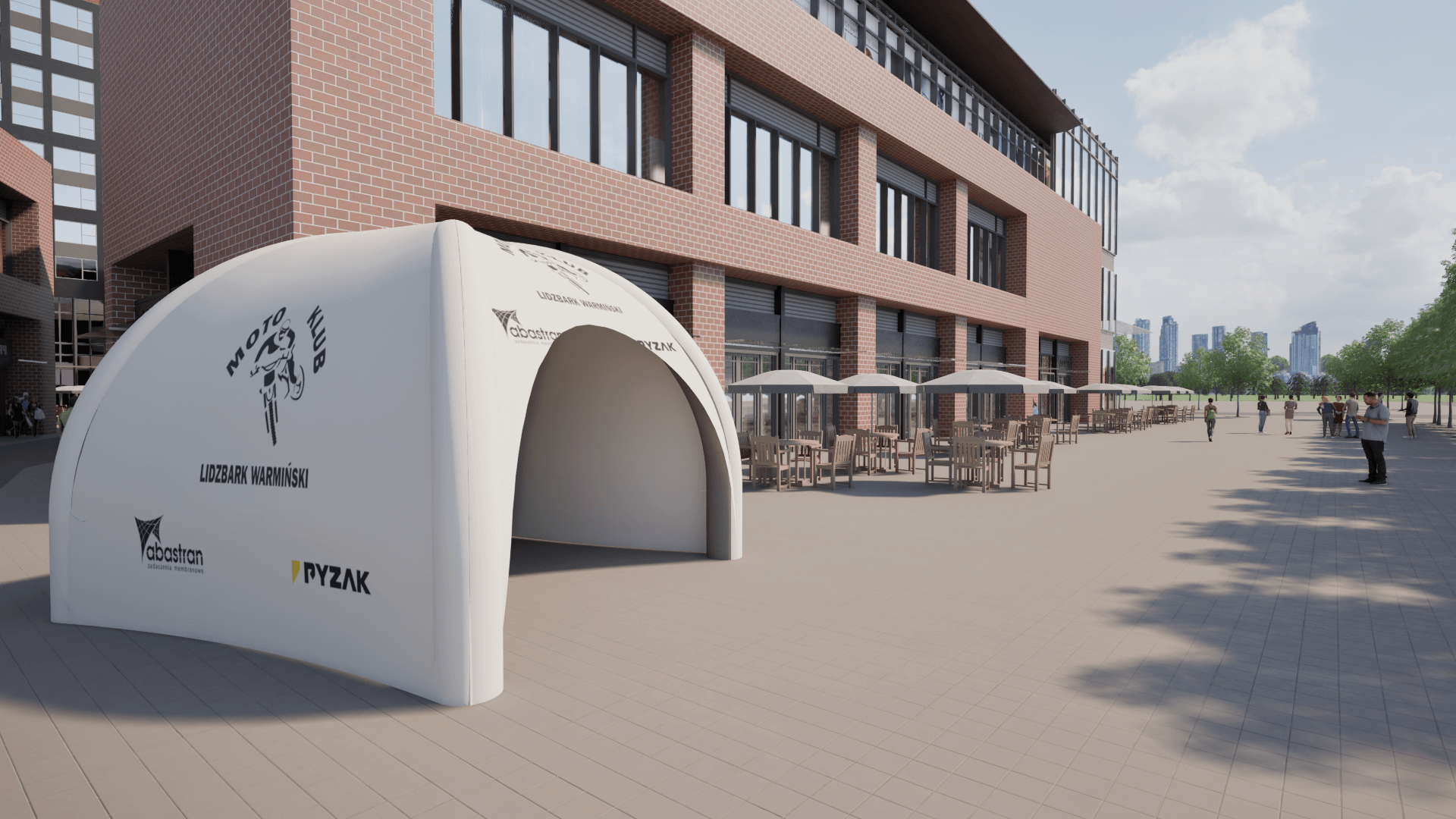
Advertising Tents as an Investment – How to Increase Brand Recognition at Events?
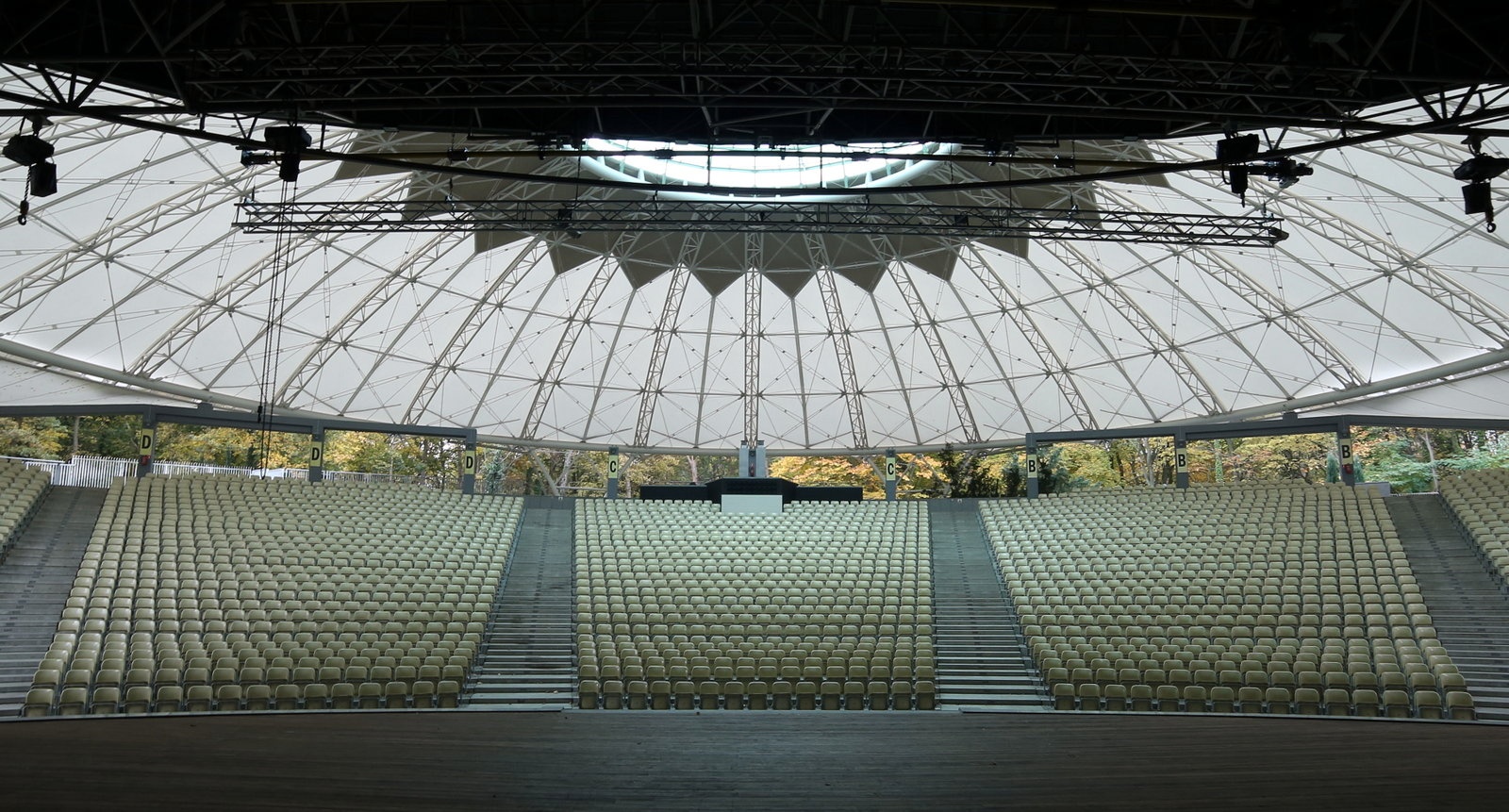
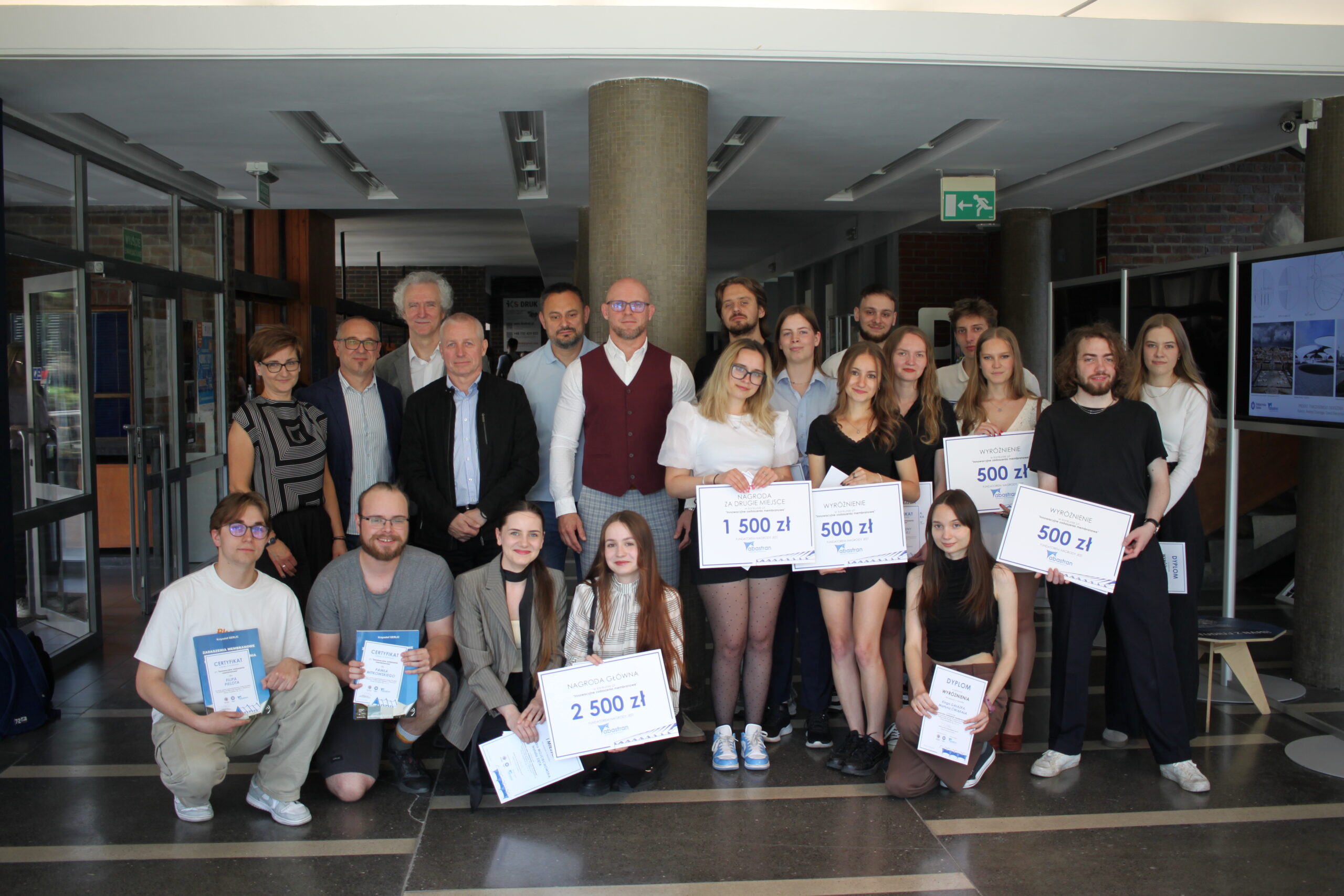
Competition for Innovative Membrane Roofing – Results and Inspirations
This year, we had the pleasure of organizing a competition together with the Faculty of Architecture at the Silesian University of Technology for 6th-semester students to design innovative membrane roofing. The award ceremony, held at the Faculty of Architecture in Gliwice, was the culmination of the young designers’ creative and technical journey.
